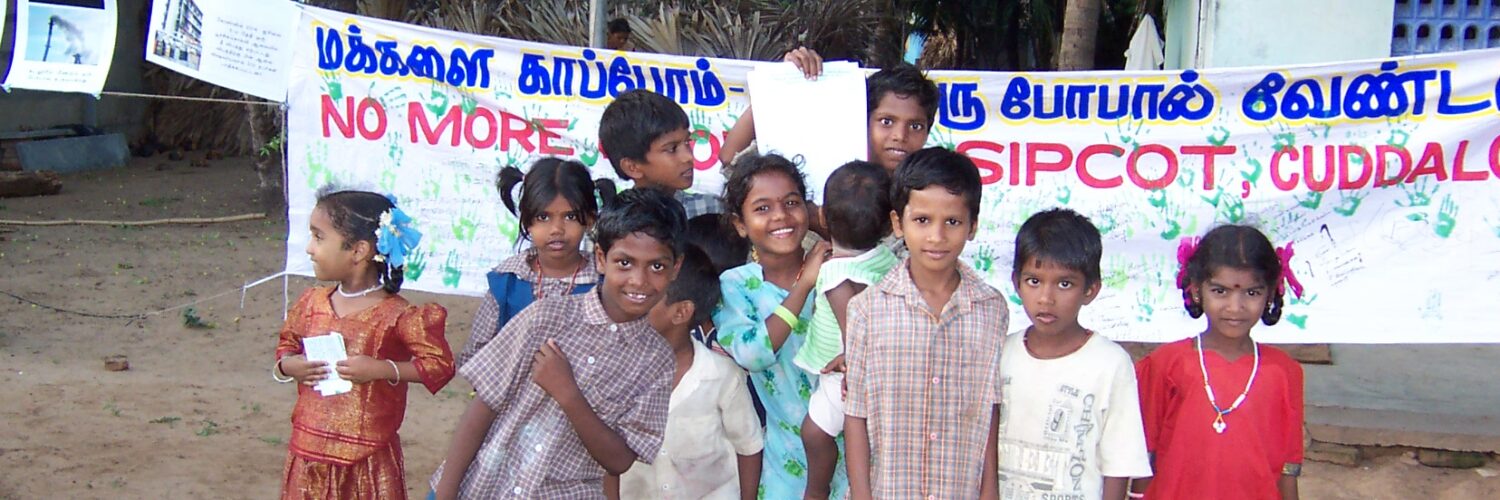December 14, 2014
The Hindu
It has identified 19 places of historical, archaeological and religious importance within a 10 km-radius of the plant site
CHENNAI: A rapid survey conducted by a city environmental group has claimed the existence of structures of historical and religious importance near the site of the proposed 4000 Megawatt Ultra Mega Power Project (UMPP) in Cheyyur near here, contradicting the conclusions of the project proponents.
The survey, done in collaboration with villagers around the area by Community Environment Monitoring, has identified 19 places of historical, archaeological and religious importance within a 10 km-radius of the plant site and has put it in the open for professionals to verify.
According to the report, ‘Coastal Tamil Nadu Power Limited’, the project proponent, in its statutory submissions made to obtain Environment Clearance for the project, had declared that there were no areas occupied by sensitive man-made uses such as places of worship within the 10 km-radius of the project area.
The Common Environmental Impact Assessment report submitted as part of the statutory requirements stated that monuments of historical and religious importance were not reported in the area.
However, the survey claims that the area actually contains ancient monuments of the Chola era, now in a dilapidated condition requiring immediate intervention.
For example, Suresh Sethuraman, the Tamil Nadu State convener for the Indian National Trust for Art and Cultural Heritage (INTACH), in his assessment of a particular ancient Shiva Temple identified in Vedal under the survey, said the temple had been built with the ‘Gajapristha’ style tower using bricks.
“Rare specimen”
He said in the assessment that usually, ‘Gajapristha’ style temples were built using stones. Thus, the current one under study in Vedal near Cheyyur, called by locals as ‘Vadavamuganeeswarar temple’, was a rare specimen.” Stylistically, he concluded that the temple belonged to the late Pallava or early Chola period (eigth-ninth century).
The survey findings allege that the identification of several such historical structures ‘vitiates’ the environment clearance provided on the basis of statutory assurances. Therefore, the government has to revisit the choice of the site, which is also ecologically sensitive.
The Cheyyur project had already faced intensive protests by villagers around the site, who hoisted black flags against the plant last year. The National Green Tribunal, Southern Bench, last October restrained the proponents from finalising bids for the plant till further orders.
